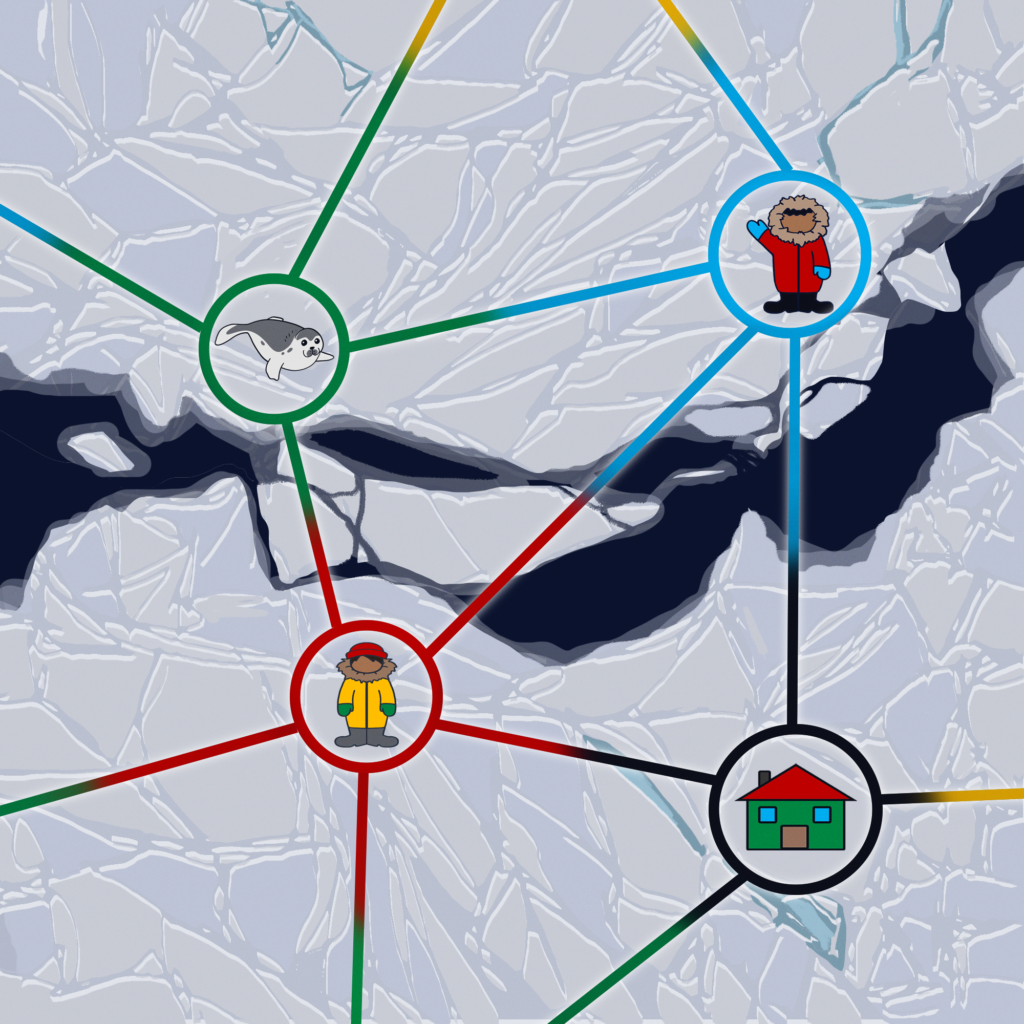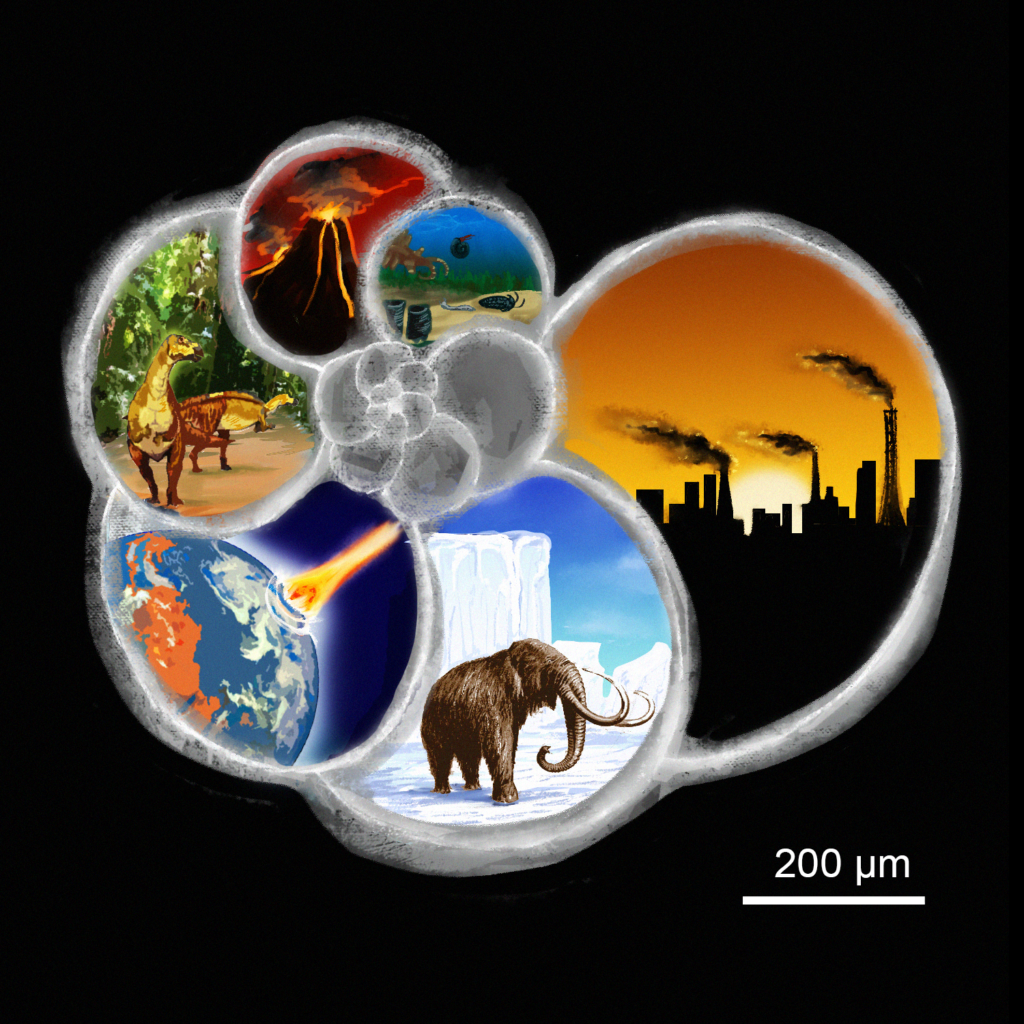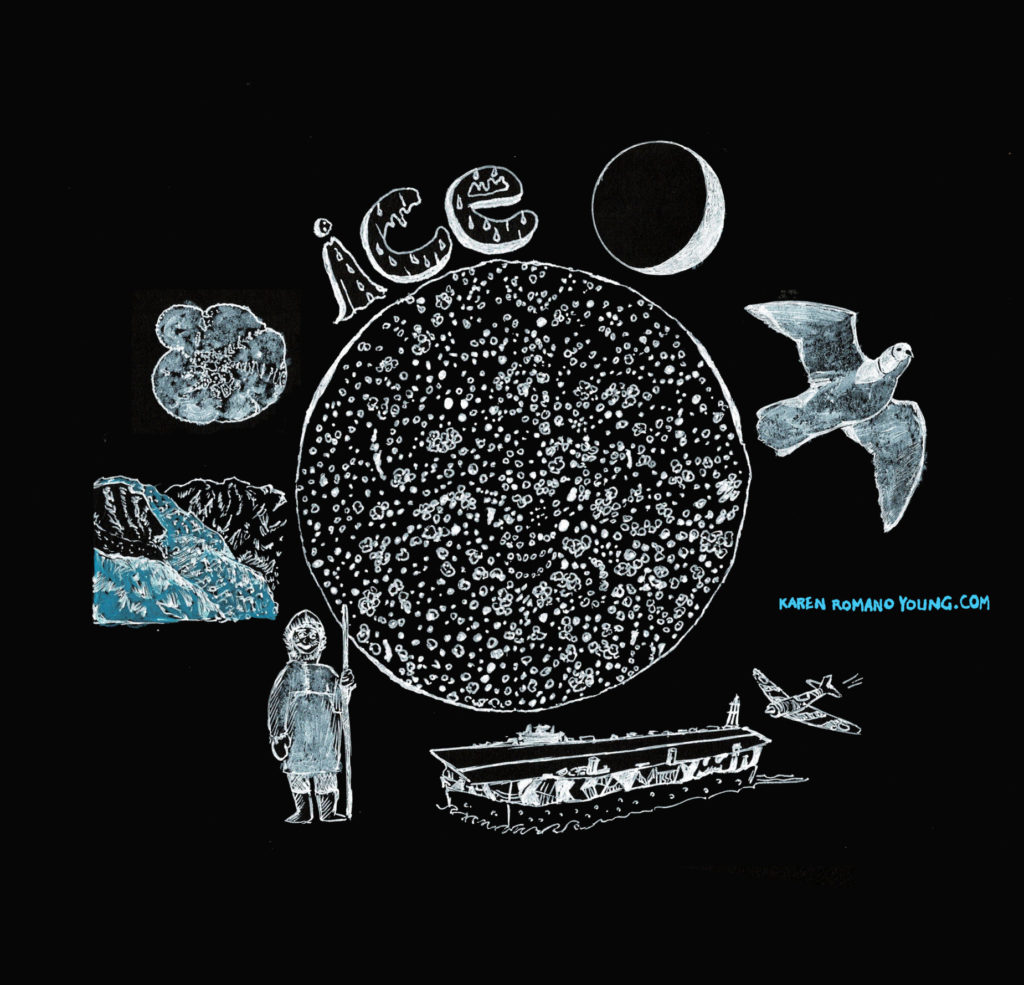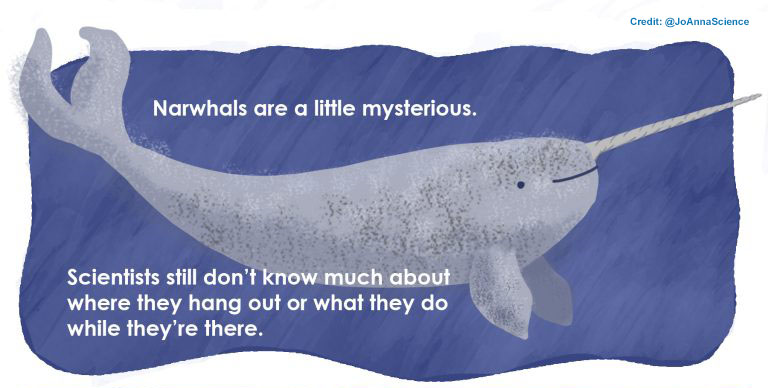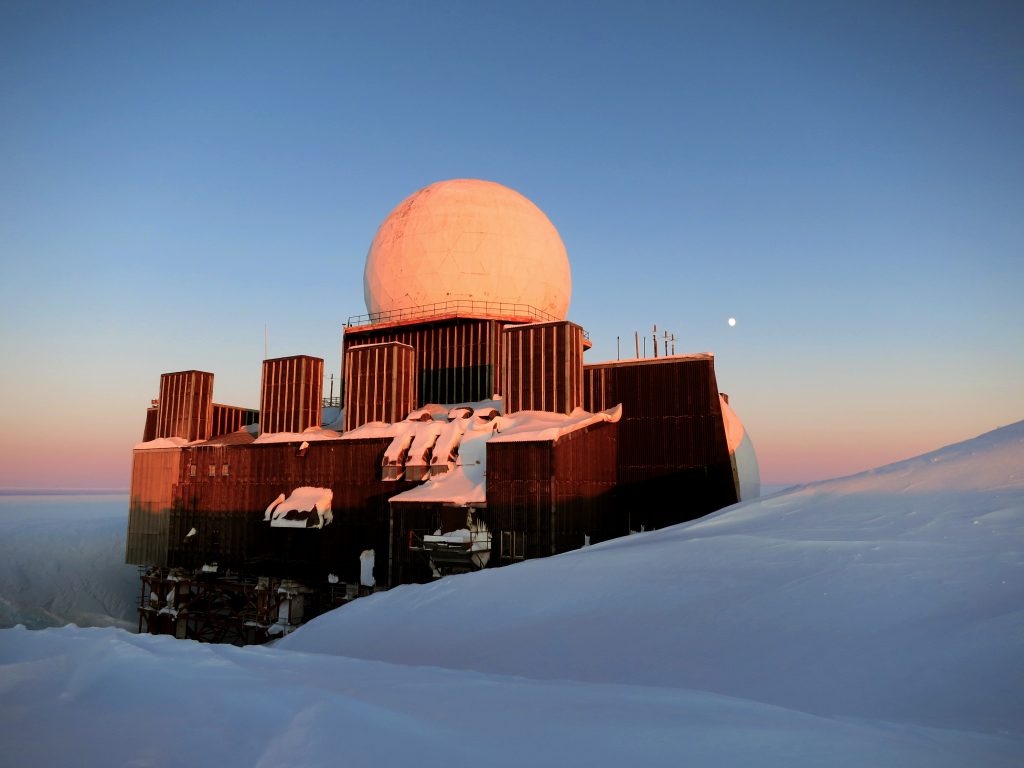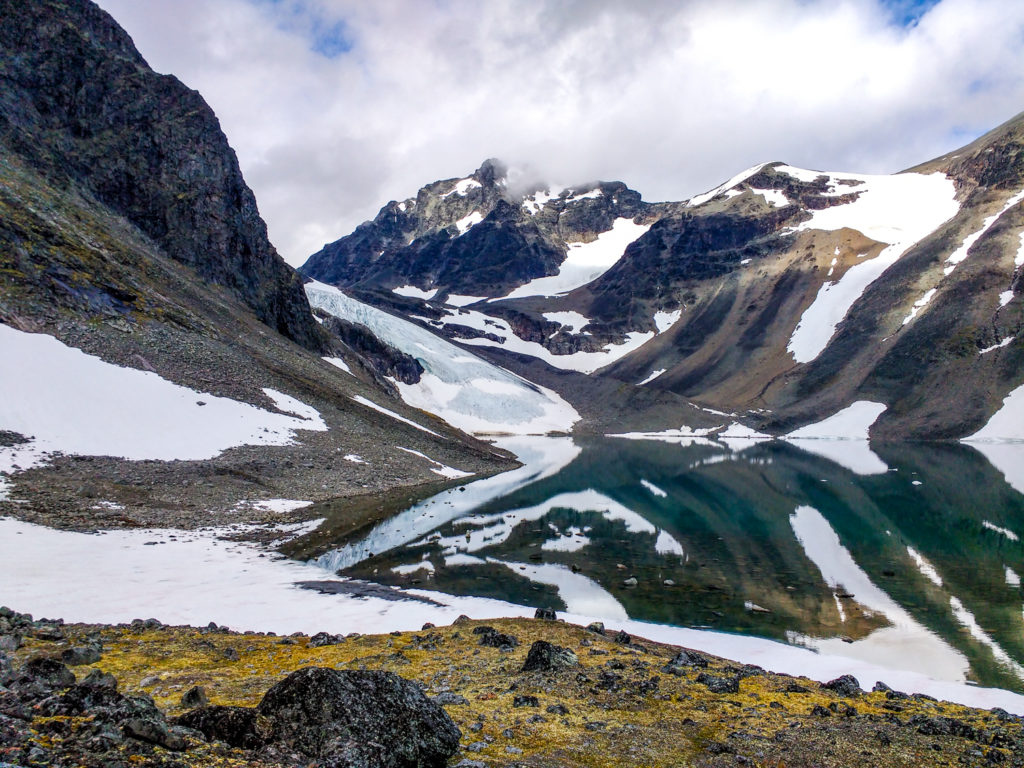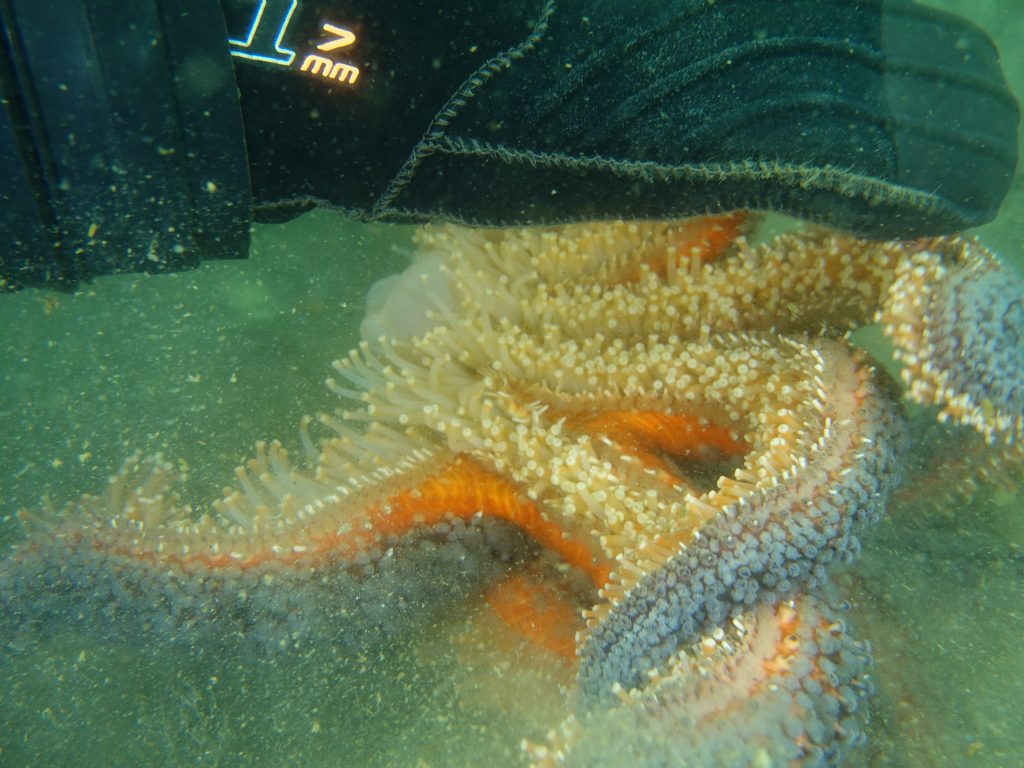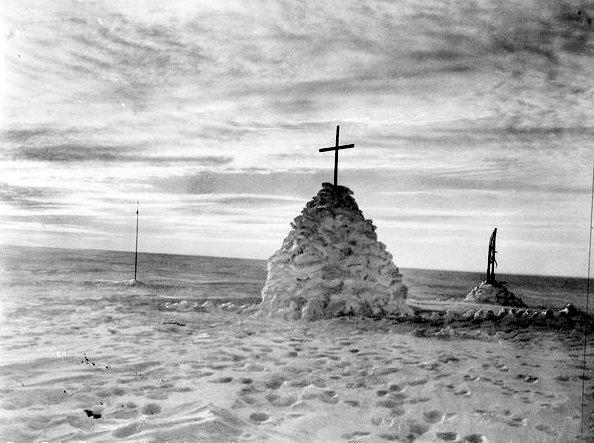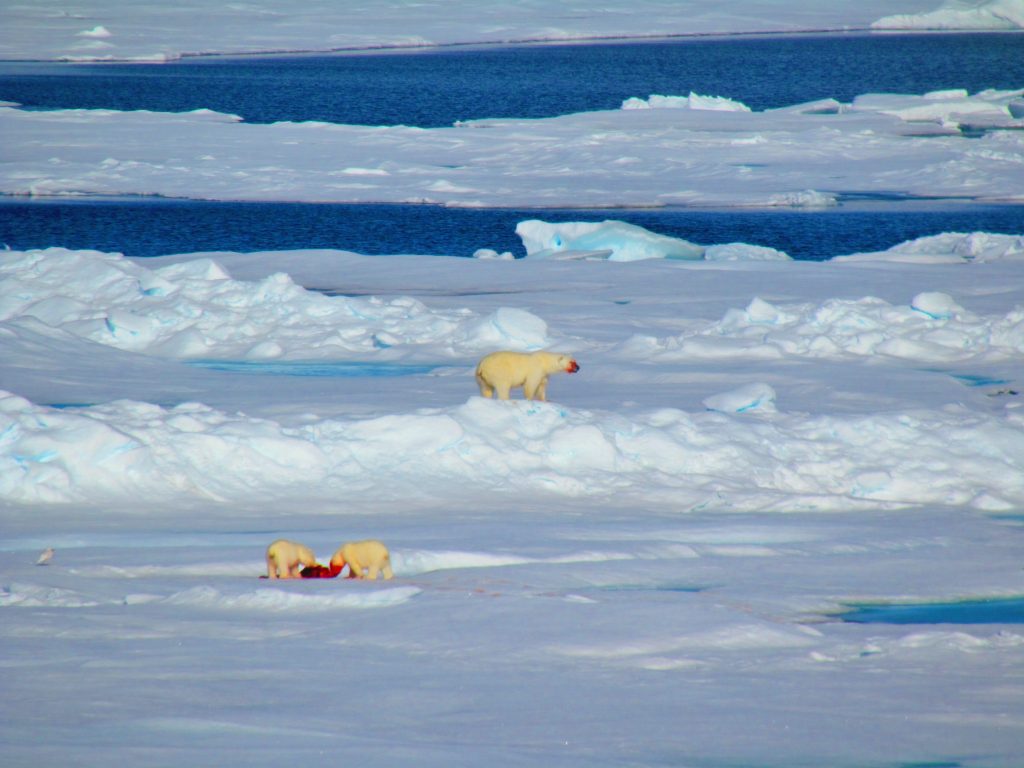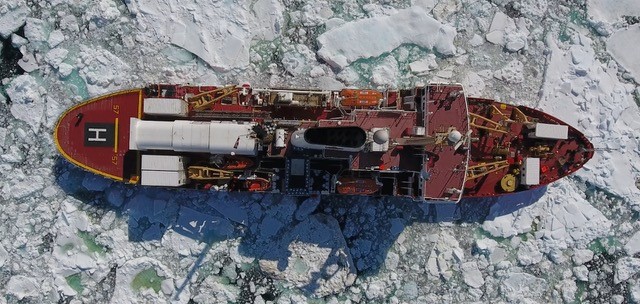Arctic
18-Ice: Ancient knowledge for modern tech
To the untrained eye, Arctic ice appears unchanging, but conditions can shift quickly, and often reveal life-threatening hazards when they do. It is an unforgiving environment, but the Inuit know how to navigate it. That knowledge has been passed down through generations, and a new app is giving centuries-old Inuit knowledge a very modern form.
Read More16-Ice: Shells of an ice-less past
Brian Huber is a climate detective at the Smithsonian who grew up collecting arrowheads in the woods of Ohio, but now collects and studies fossils from sediment cores. Brian uses fossils of tiny organisms − foraminifera − to track climate over millions of years, including the Cretaceous Hot Greenhouse climate.
Read More12.5-A podcast of ice and fire
Cool off from the summer heat with our next six-part miniseries all about ice – from those who call it home to its use as a tool in science.
Read MoreStaff Picks: Chasing Narwhals
University of Washington biologist Kristin Laidre travels to the Arctic to study animals many of us have only seen in pictures. She has successfully tracked down the elusive narwhal and been up close and personal with a polar bear seeking to understand how the loss of sea ice and the effects of climate change are altering Arctic ecosystems.
Read MoreStaff Picks: Toxic City Under the Ice
In 1959, the United States built an unusual military base under the surface of the Greenland ice Sheet. Camp Century was a hub for scientific research, but it also doubled as a top-secret site for testing the feasibility of deploying nuclear missiles from the Arctic. When Camp Century was decommissioned in 1967, its infrastructure and waste were abandoned under the assumption they would be forever entombed beneath the colossal sheet of ice.
Read MoreCE12 – A Nuclear Legacy Buried in Ice
Earlier this year, scientists reported that radioactive fallout from nuclear accidents and weapons testing is present in ice sediments on the surface of glaciers in the Arctic, Iceland, the Alps, the Caucasus, British Columbia and Antarctica.
Read MoreSpecial Release: Deviations from the Norm
One of the most alluring parts of Earth and space science is that much of the key research takes place in the field, in some of the most incredible – and inhospitable – environments on the planet: on treacherous polar ice sheets, aboard sea tossed ships, at the mouths of active volcanoes, beneath turbid ocean…
Read MoreCentennial E6 – A Tale of Two Journeys
In 1911, two competing groups of explorers attempted to be the first to reach the South Pole. In this episode, atmospheric scientist Ryan Fogt recounts the journeys of Robert Falcon Scott and Roald Amundsen and discusses how extraordinary weather that year affected the two polar parties in vastly different ways.
Read MoreE17 – Bonus Clip: Memories of the North
Check out this clip that didn’t make it into our recent episode, Science Turns to Search and Rescue, about some of the wildlife that’s found in the Arctic.
Read MoreE17 – Science Turns to Search and Rescue
The Arctic Ocean is topped with a layer of frozen sea water – sea ice – that grows every winter and shrinks every summer. To study the ice in detail, researchers hop aboard an icebreaker ship that can plow through the sharp, cold ice floes without being damaged.
Read More
